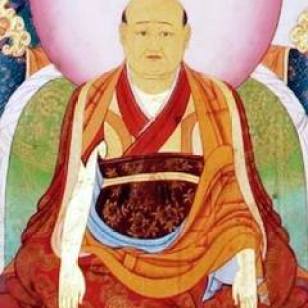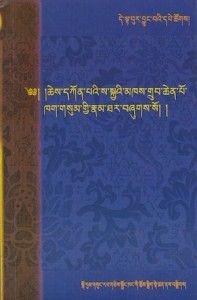Jamyang Khyentse Chökyi Lodrö writes in his own autobiography that he was born in the female Water Snake year. He is unsure of the precise date, but says that it was during the autumn. This means it was certainly 1893. The Water Snake began in February 1893 and continued until the following February, but the reference to autumn precludes 1894.
I was born […] in the female Water Snake year—
from The Play of Illusion: An Autobiography
during the autumn months, I heard it said.
My parents had little concern for such things,
so they left no written record
of the planets and stars, or dreams and signs.
This date is reiterated in another autobiography and in the biography written by Dilgo Khyentse Rinpoche (translated into English in 2017), as well as in the same master’s catalogue to Jamyang Khyentse’s writings.
So far so clear. Yet, many sources, including recent ones, state that Khyentse Chökyi Lodrö was born in 1896. One such is E. Gene Smith’s Among Tibetan Texts (Boston: Wisdom Publications, 2001), and Smith’s unimpeachable authority may account for some of the other instances. Another is Chögyal Namkhai Norbu’s The Lamp That Enlightens Narrow Minds (Berkeley, CA: North Atlantic Books, 2012), although the book does note (p. 141, n. 28) that Tulku Thondup’s Masters of Meditation and Miracles (Boston: Shambhala, 1996) and other texts give the birth year as 1893.
Continue reading



 I imagine that most readers of this blog will be as keen as I am to read Matthieu Ricard’s forthcoming book,
I imagine that most readers of this blog will be as keen as I am to read Matthieu Ricard’s forthcoming book, 
You must be logged in to post a comment.